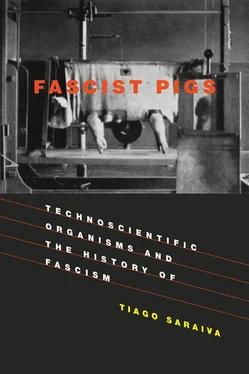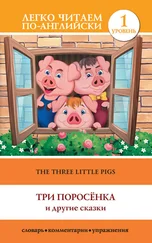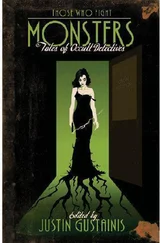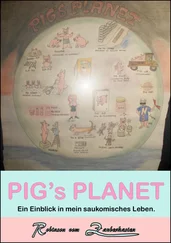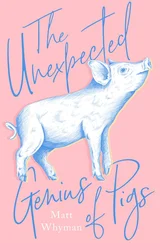Ladies and gentlemen, I wish to present you the anti-latifundium prejudice. It denies the motherland one of its higher attributes, its freedom to be large and vast and offer itself to the civilizing undertakings that man aspires to. If the land wishes to organize itself as a monument to production, an immense tapestry of wheat fields, forests, orchards, and animal herds, with men in its interior in disciplined and harmonious labor, with vastness and abundance, petty ideas charge against this natural creation sustained in its environment and time. When observing the bustle of Ceres harvesting a vast wheat field, petty men dress her a strait-jacket, retail her august mantle, and bring to agriculture, which single aim is to multiply, the obsession of destruction. [52]
Pequito Rebelo’s Edenic depiction of Alentejo’s large estates equated them with a “monument to production.” This was no going back in time, but a utopian vision of an organic alternative modernity in which productivity and social harmony were not in conflict. [53]A veteran of trench warfare in World War I who also had fought on the fascist side in the Spanish Civil War (1936–1939), Pequito Rebelo didn’t shy away from calling for violent police repression whenever agricultural workers broke such alleged harmony. [54]But the point here is that technology played a central role in Pequito Rebelo’s integralist celebration of land and blood. While his futurist enthusiasm for speed materialized in the motorcycle he rode while a member of the Portuguese military in World War I or in the airplane he flew on his own initiative to help Franco’s regime exterminate his political enemies, his organic nation materialized in the wheat rows of the integral method, in the new agricultural machines he designed, and in the chemical fertilizers that were used to expand the latifundium.
Ardito in Portugal: Plant Breeding and the Fascist Corporatist State
After the discussion of Strampelli’s strains and their resistance to lodging, it doesn’t take much to understand the importance of technoscientific organisms in making plausible the alternative modernity of Portuguese fascism. Large estates maintained and expanded through chemical fertilizers made sense only if there were plants that could profit from them without lodging. And here I’m not making just a comparative formal remark between Italy and Portugal. In fact, the Italian case meant much more than an inspiring example useful for quotations in newspapers and leaflets praising Mussolini and his policies. The soils of both countries, trusted with the burden of feeding the two nations and enhancing the qualities of the Italian and Portuguese populations, were to be related in a much more material way. The Portuguese wheat estates were also cultivated with Strampelli’s “elite races,” Ardito and Mentana .
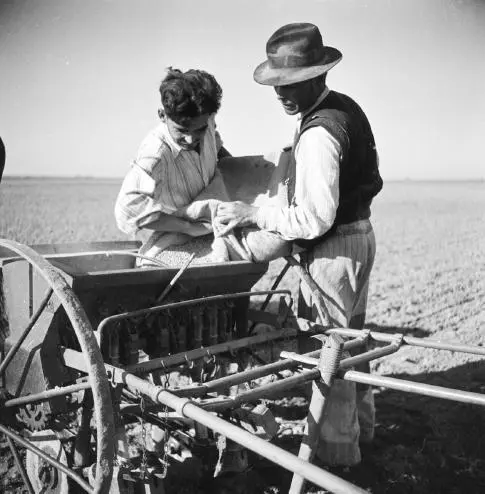
Figure 2.4 Artur Pastor, “Mechanic Sower, Alentejo, 1940s.
(Fundo Artur Pastor, Arquivo Municipal de Lisboa)
The use of Strampelli’s early wheats in Portugal was advanced by a severe attack of stem rust— Puccinia graminis —in 1928, the year before the Wheat campaign started, with disastrous consequences for the year’s grain harvest. [55]Each of the Portuguese varieties used in the 1920s had a long development cycle, harvested only by mid June and thus exposed to both Puccinia attacks and dry hot eastern winds (Suão). It was with great enthusiasm that Portuguese farmers, particularly those of the large southern estates of Alentejo, began to cultivate their lands with Ardito , which combined resistance to lodging and rust with short cycles. [56]
The Italian elite races of wheat were not simply imported. As had happened in Italy with the use of Carlotta Strampelli in the Mezzogiorno, in Portugal there was quick disappointment with the promises of geneticists, for the imported varieties had been designed for very different conditions. In particular, Ardito and Mentana were bred to reveal their favorable yielding properties in the highly fertile areas of northern and central Italy, which had little in common with the semi-arid Alentejo region. It is thus no surprise that Câmara, whose family also owned a large wheat estate in Alentejo, in his effort to intensify wheat cultivation in Portugal during his years as head of the Wheat Campaign, conducted experiments on the best cultivation methods to profit from Strampelli’s varieties. [57]In trials started in 1928 at the Agronomy Institute, he subjected Ardito , Mentana , and Villa Glori to different culturing techniques, controlling processes and fertilizers’ doses in an effort to determine what methods would work best for Portuguese farmers.
To repeat, the circulation of geneticists’ artifacts was not an automatic procedure. It was the role of local scientists, Câmara among them, to adapt Italian varieties to Portuguese conditions, so that Strampelli’s Ardito or Mentana could circulate between Rieti and Alentejo. Breeding was also part of the transfer process. Instead of starting a hybridization program from scratch with no immediate results (for it was estimated that a 10 year period was necessary for the production of a new hybrid), Portuguese breeders’ first step was to concentrate on making pedigree selections of imported Italian wheats, a much quicker procedure. [58]
To undertake pedigree selections in pure lines, such as the Italian elite races, seems to ignore the basic fact that their stability of properties is due to their homozygotic constitution, condemning to failure any further selection. But Câmara, in his role as head of the Genetics Laboratory of the Lisbon Agronomy Institute, was highly critical of the generalized gesture among breeders of accusing farmers of believing in the myth of degeneracy of the wheats supplied by agricultural experiment stations. The observed decay of yield or resistance properties observed by farmers in their fields was rejected by many breeders as being the result of mixing different varieties in the process of selecting seeds instead of “cultivating authentic pure lines distributed by Breeding Stations.” [59]The heterozygotic plants in the fields, with properties varying over time, were supposedly the result of careless ignorant farmers’ not following the advice of experts. The point is that Câmara was very assertive in discarding the notion of “pure line” used by most breeders with backgrounds in genetics, stating bluntly the impossibility of producing homozygotic plants concerning any of the characters worked by breeders. [60]Resistance to pathologies, drought, or cold, or properties of precocity and productivity, “are never dependent on a single gene,” being a function instead of the combination of several genes, and are “inherited following the system of quantitative characters.” [61]Against breeders who claimed to have a methodology to identify homozygotic specimens in the field, as Strampelli did, Câmara offered the counterfactual of a property depending on twenty cumulative factors—far fewer than those usually affecting properties targeted by breeders. The desired homozygotic condition in all twenty factors would surface only after 1,099,511,627,776 plants. And that figure was calculated by “considering all factors acting the same way and in the same direction, ignoring expression inhibition interactions among factors.”
In fact, the possibility of cultivating Ardito in Alentejo was due exactly to the impurity of pure lines. In the first years after being introduced, its glumes were so loose and the percentage of seeds falling to the ground so high that it was considered unlikely ever to thrive in Portugal. But according to Câmara, “the instability of the Ardito lines allowed for a segregation of relatively important amplitude.” [62]By harvest time, much more grain was collected from spikes resistant to “natural threshing than from those bearing the undesired genetic condition. Selection was thus made in the direction favorable to agriculture.” The absurdity of the concept of absolutely stable lines was obvious. Locality was still crucial in genetic flows.
Читать дальше
